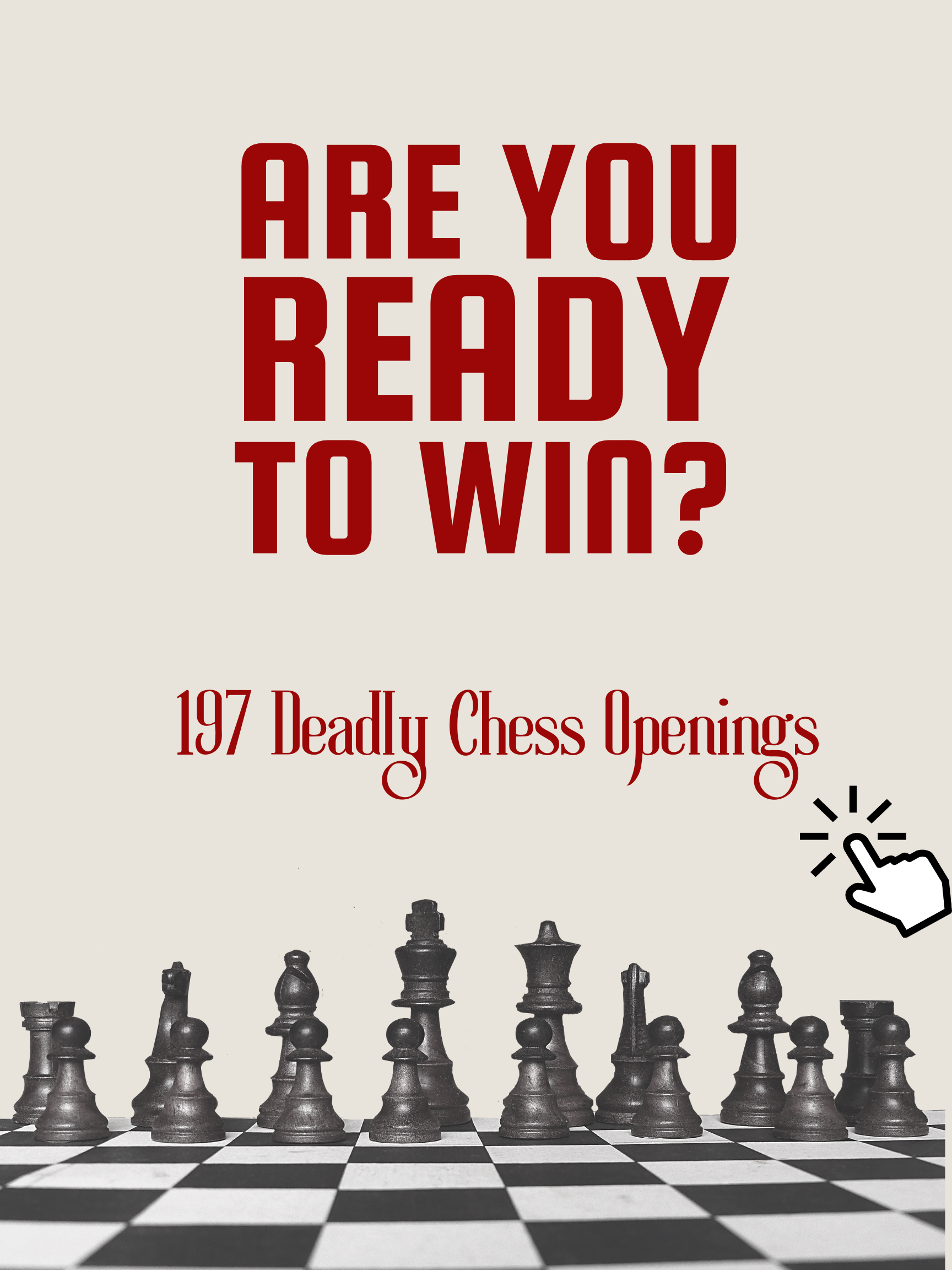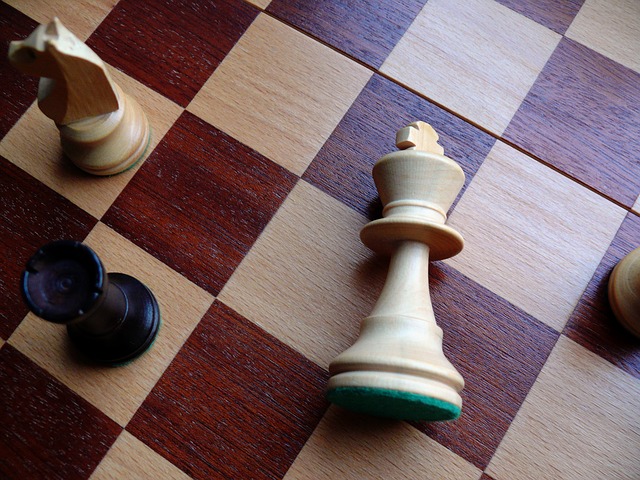
Checks, checkmating, and stalemating are very important terms in chess. Knowing what they mean can literally be the difference between winning and losing! This article will clarify the most common questions about checks, checkmating, and stalemating.
The first step to checkmating is understanding what a check is. Simply, a check is when a piece attacks a King. This means every piece can deliver a check except the King (because King’s cannot attack each other).
This post is sponsored by our partners WigsHere are a couple examples of checks.
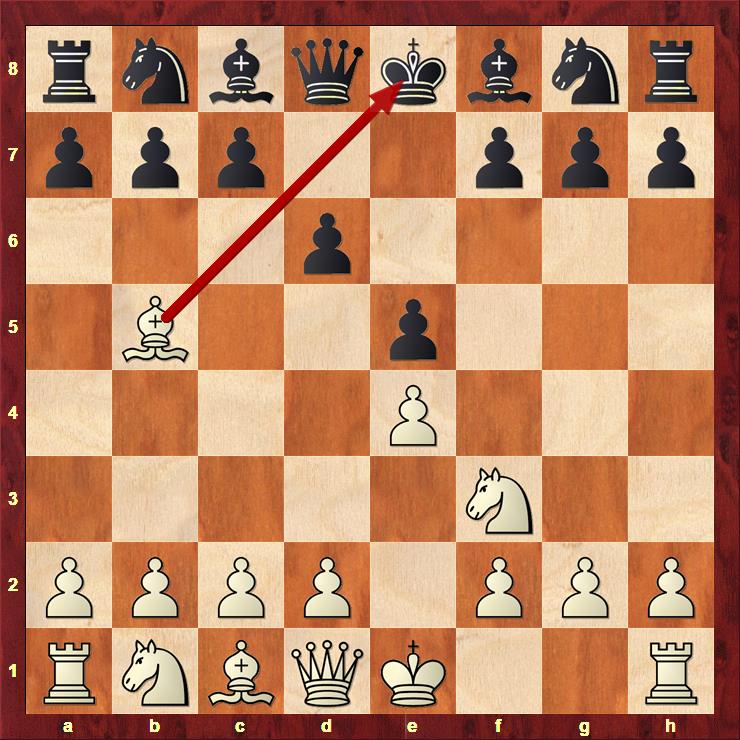
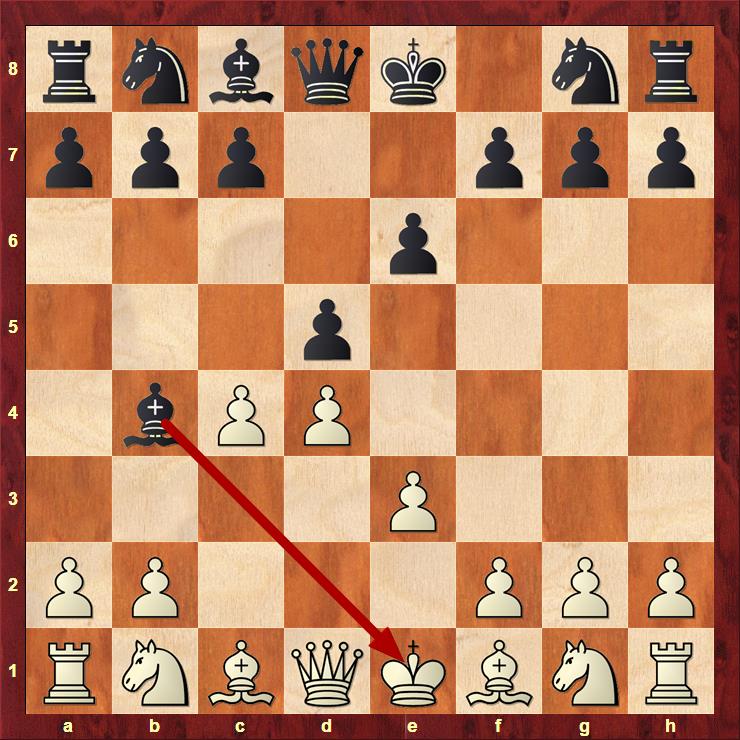

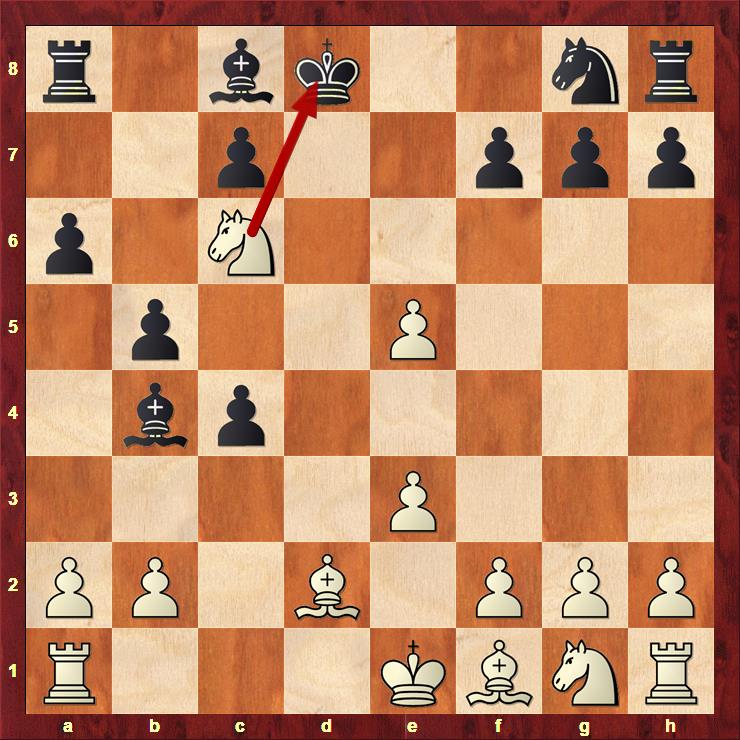
In the opening, many beginners just check for the sake of checking with no plan in mind. Avoid this! In the opening, you should focus on developing your pieces ASAP before you start an attack.
Tip: Don’t give meaningless checks! Focus on developing your pieces before launching an attack
You’re in check – what can you do about it? There are 3 ways to get out of a check.
Great! Now we know everything needed to learn what a checkmate is. A checkmate is when the King is in check and it can’t get out of check. When this happens, you win the game, get 1 point in tournaments, and can triumphantly celebrate at home :)!
Fun Fact: You need at least 2 pieces to checkmate.
The best way to get better at checkmating is by learning common checkmating patterns because chess is based on primarily pattern recognition. Check out common mating patterns.
The next article talks about basic checkmates.
In contrast to a checkmate, a stalemate occurs when the opponent has no legal moves and it’s their turn (i.e. it’s their turn but they can move no pieces and don’t have a legal move for the King).
If you are winning, avoid stalemates like the plague!!! However, if you are losing, never resign because your opponent might stalemate you!
Let’s look at a couple examples of stalemates. (All these positions are Black to move)
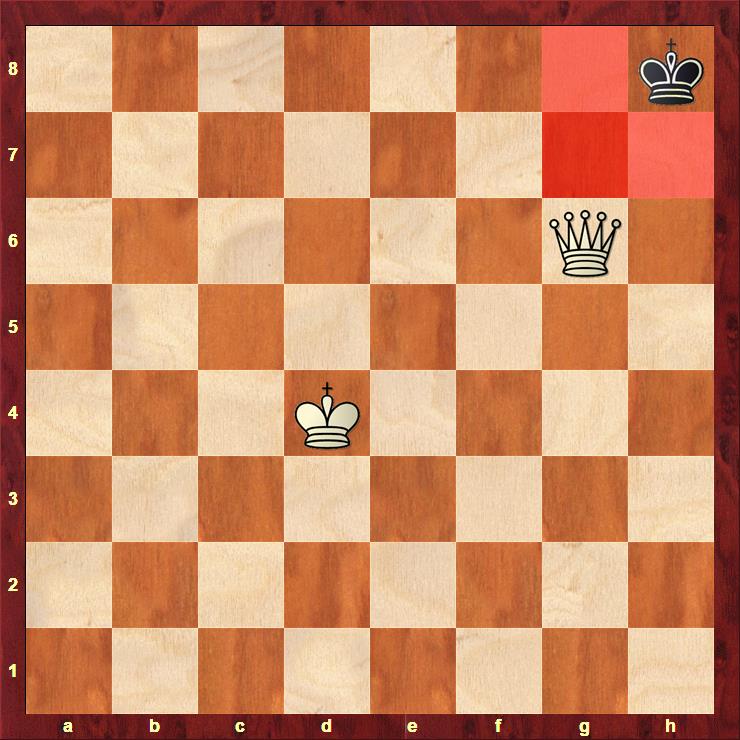


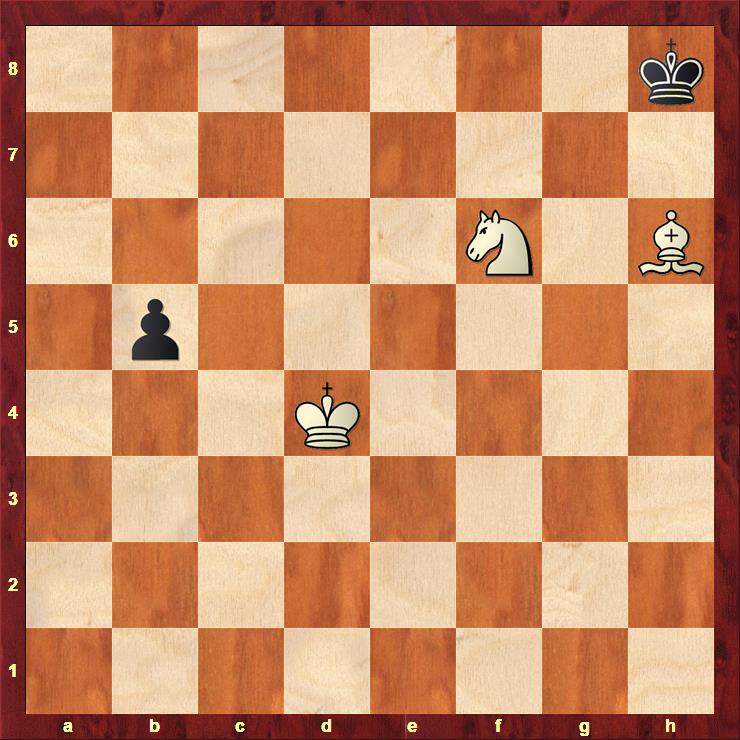
The “Not Stalemate” images were included to show that Black is not in stalemate if they can even move one piece.
Bonus: #4 is actually a win for White, but there’s only one [easy] way to win. Can you find it? Drop your answers in the chat. (Black to Move)
Coming soon: Check out our series “Forcing the Draw” on advanced stalemates for more quick saves!!
Now you know how to end a chess game, plus how to get out of check. Go practice your skills in a real game.
